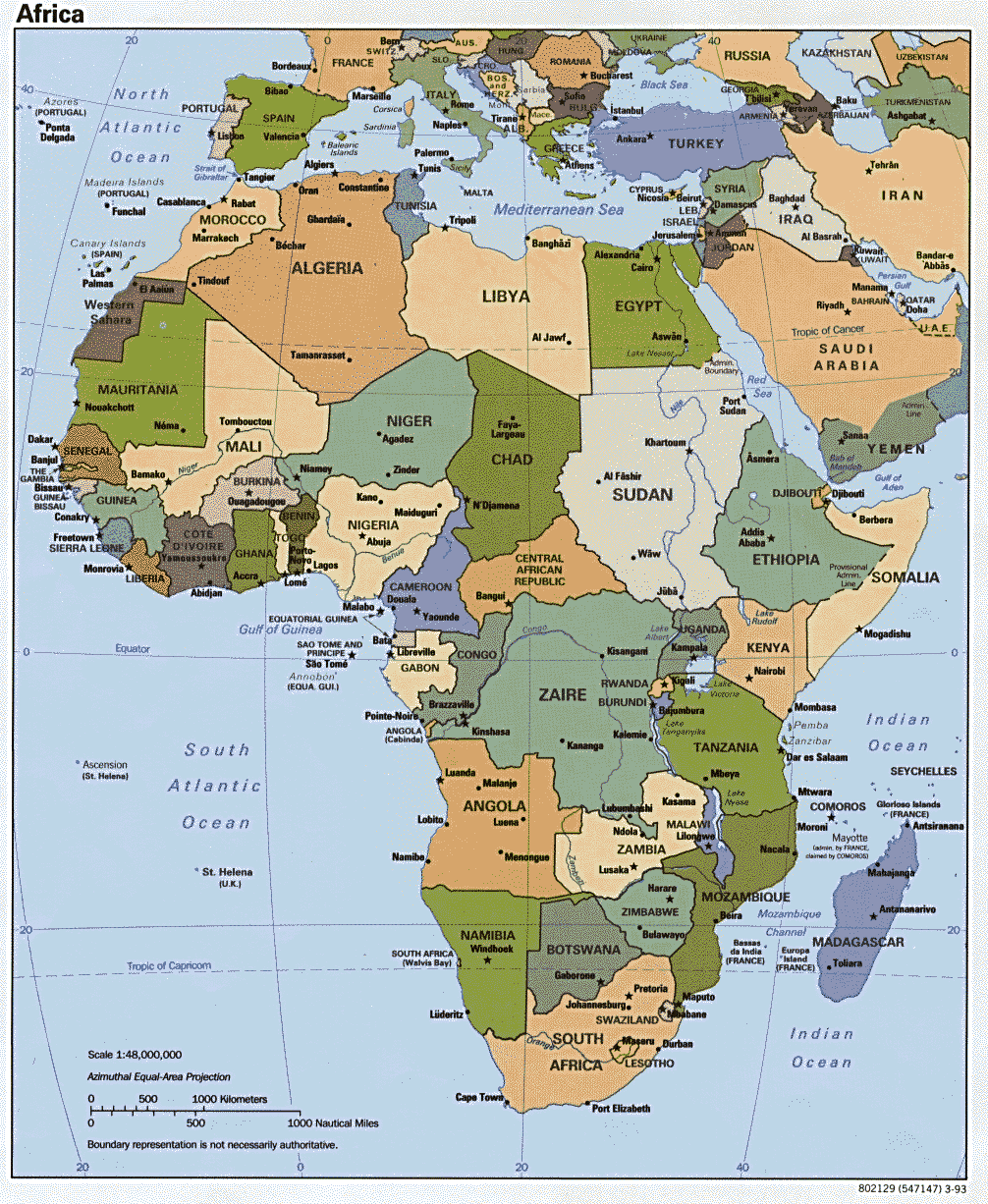The discovery of an Egyptian-style tomb at Tel Halif in the Negev Desert suggests an Egyptian colonial presence in southern Israel ca. 3000 B.C. Most burials in the region are in caves or shaft tombs attributed to the Canaanites, but this one, built during the Early Bronze 1B period (3300-3000 B.C.), is typical of contemporary tombs in Egypt, according to excavators Thomas Levy of the University of California, San Diego, and David Alon of the Joe Alon Regional Research Center in Israel. A 30-foot-long passageway descends to the burial chamber, which is about 26 feet long, 16 feet wide, and nine and one-half feet high. Within the dome-shaped chamber is a plastered stone platform on which the skeleton of a woman was found. About 25 years old when she died, she was found in a fetal position facing east, characteristic of Egyptian burials.
That an Egyptian was buried at Tel Halif "gives us evidence of a full-blown Egyptian colony in Israel right after the crystallization of the first Egyptian state," says Levy. "Egyptians were known to have very profound and elaborate belief systems about the afterlife and what was required to get there. One of these requirements was to die and be properly entombed on Egyptian soil. I think it's very likely that this part of southern Israel was considered part of greater Egypt during this period."
Egyptian ceramics, seal impressions, and bread molds found at Tel Halif support an Egyptian occupation. Among these artifacts is a potsherd engraved with the serekh, or sign, of King Narmer, who is believed to have united Upper and Lower Egypt between 3050 and 3000 B.C.
 They could travel east, south and north to Greece but its unthinkable for them to travel west? Sahara didn't stop travel and All one has to do is travel between the Sahel and SSA to avoid Sahara and reach West Africa.
They could travel east, south and north to Greece but its unthinkable for them to travel west? Sahara didn't stop travel and All one has to do is travel between the Sahel and SSA to avoid Sahara and reach West Africa.

